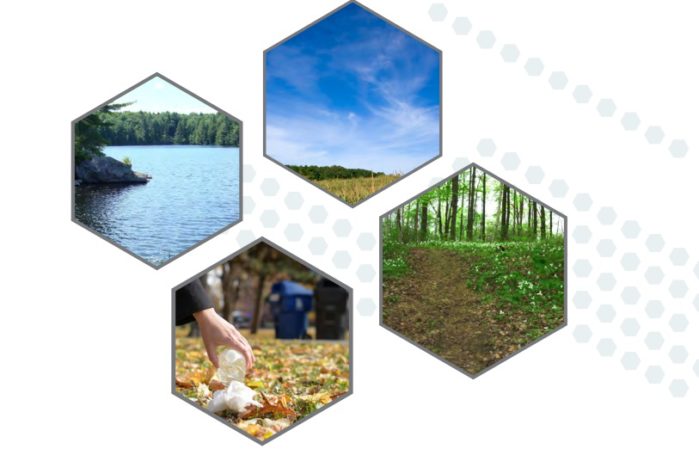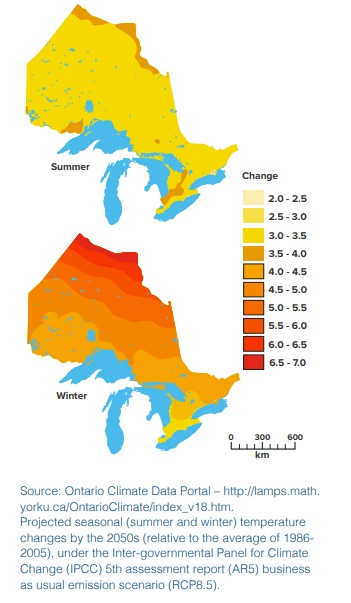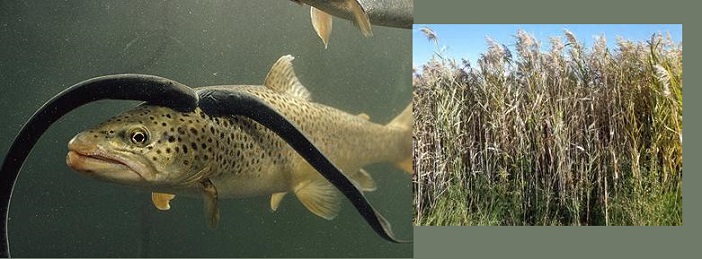At the time of this writing, it is still unclear whether the already postponed Olympics will go ahead as planned for Summer. Tokyo Olympic officials have said reports of another cancellation are false and that enough Covid vaccines have been secured to vaccinate every citizen of Japan. That bodes well for the games going ahead. With that in mind let’s optimistically report on a story about one of our favorite Summer Olympic sports: Surfing.
This year, the Wyland Foundation will be supporting the efforts of the USA Surfing team at the Tokyo Olympics through fundraising merchandise and Wyland painted surfboards to be auctioned off. The Wyland Foundation will be integrating the efforts to maintain healthy waterways and coasts into this year’s National Mayor’s Challenge for Water Conservation with an emphasis on the recreational role water plays in our lives.

“Just painted two surfboards for the US Olympic surf team. Carissa Moore, 4 time world champion and a member of the US Olympic Team for the Tokyo games and I pictured here at Haleiwa Alli Beach Park. I’m proud to be a US Olympic artist. Aloha!” said marine life artist, Wyland.
For years, WylandFoundation.org has rallied the support of mayors and cities throughout the United States to urge constituents to consider their environmental impact. The group works on educating constituents about CO2 emitted from our homes and lifestyles. Thousands participate nationwide annually pledging to save billions of gallons of water.
About the Wyland Foundation
Founded in 1993 by environmental artist Wyland (best known for his series of 100 monumental marine life murals), the Wyland Foundation, a 501c3 non-profit organization dedicated to promoting, protecting, and preserving the world’s oceans, waterways, and marine life. The foundation encourages environmental awareness through community events, educational programs, and public art projects. For more information, go to wylandfoundation.org.


 Milder winters and hotter summers create a paradise for insect and plant diseases. Are you getting more tick and mosquito bites? Lyme disease and West Nile virus, and other mosquito and tick-borne diseases, have been moving northward as our part of the world warms. And with increasing temperatures and phosphorus loads, many have taken notice of
Milder winters and hotter summers create a paradise for insect and plant diseases. Are you getting more tick and mosquito bites? Lyme disease and West Nile virus, and other mosquito and tick-borne diseases, have been moving northward as our part of the world warms. And with increasing temperatures and phosphorus loads, many have taken notice of 









